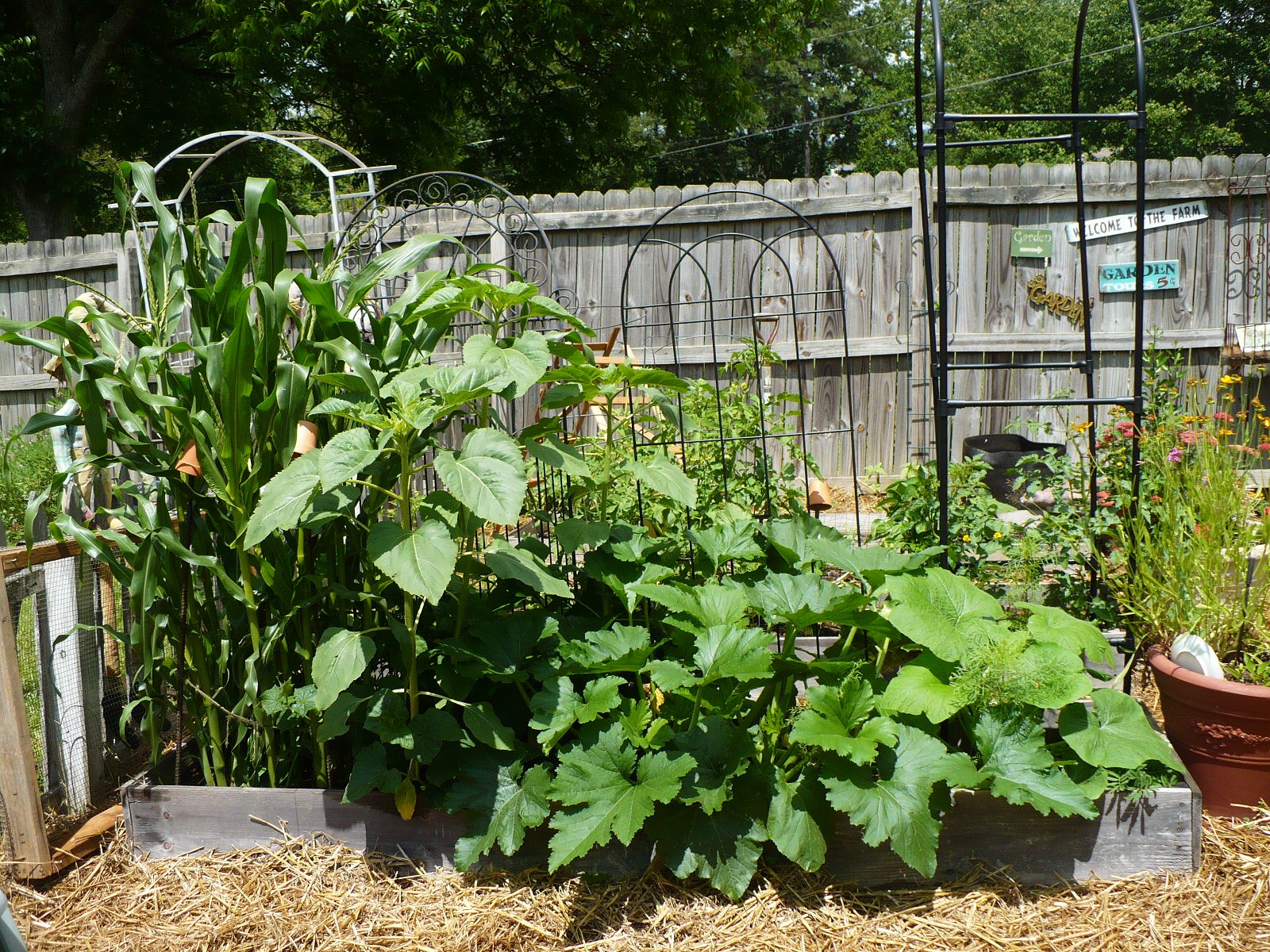
Decide what you'd like to grow and eat, considering the space requirements and growth habit for each. Vine veggies like cucumbers and squash can be planted on the periphery to spill out onto a lawn and not crowd the other plants; or they can also be trellised.
Give tomatoes at least 3 square feet, eggplant and peppers 2 square feet. Also, consider rate of maturity; plant lettuce in one area, then after harvesting, plant beets or herbs. Planting a few edible flowers, such as nasturtium or gem marigold gives the raised bed a flower planter look. For ease of maintenance, make sure space or a path is made to reach all of the plantings.
Plants in a raised bed tend to yield more than plants in the ground because their roots are in lighter soil that is easier to grow in. It is important to only use good quality top soil and compost in the raised bed. The bottom layer can be filled with some rotted horse manure and yard waste like leaves and grass clipping.
Choose varieties that do well in smaller spaces and keep re-using the space once you harvest something. Small patches of green beans can be replanted multiple times, a small trellis with a few snap peas can be a nice addition that leaves room for summer lettuce or fall broccoli. Just keep in mind that a few plants that are well cared for will yield as much as many plants that are poorly cared for!
